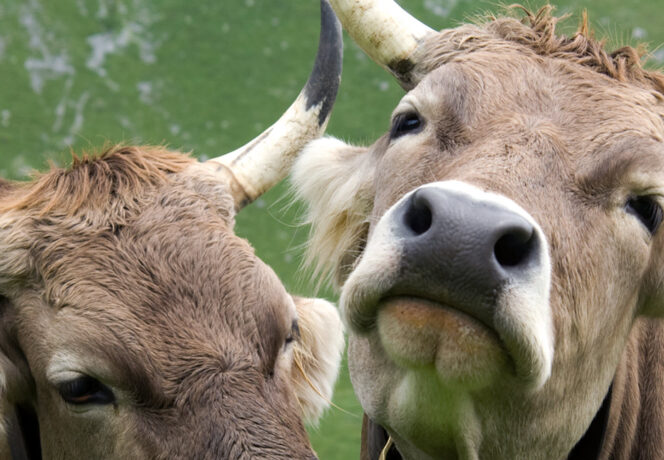
Archive
74 posts

Agroscope researchers conducted an online survey to investigate the attitudes of Swiss consumers to agricultural policy goals in all three language regions. The results should help better shape agricultural policy.
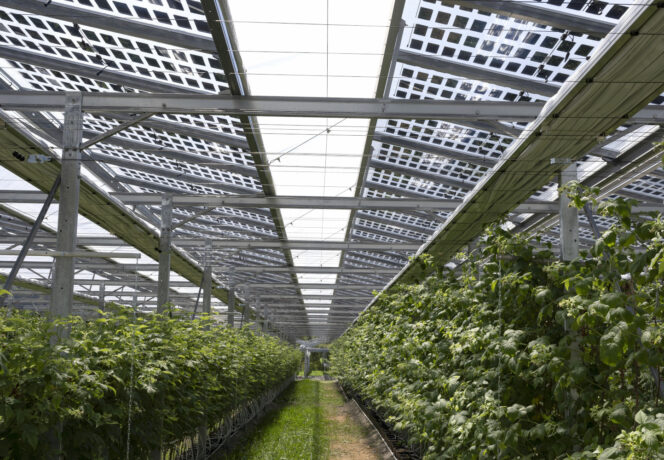
What Are the Most Promising Crops for an Agrivoltaic System?
Agrivoltaics combines energy generation and agricultural production on the same land. Although this system is eliciting increasing interest, its success depends on numerous factors and the most compatible crops have yet to be identified.

Quality of Silages from Intensively Managed Permanent Meadows
While botanical composition, growth cycle and phenological stage are integral factors, they are not the sole determinants of the quality of grass silages from intensively managed permanent meadows.
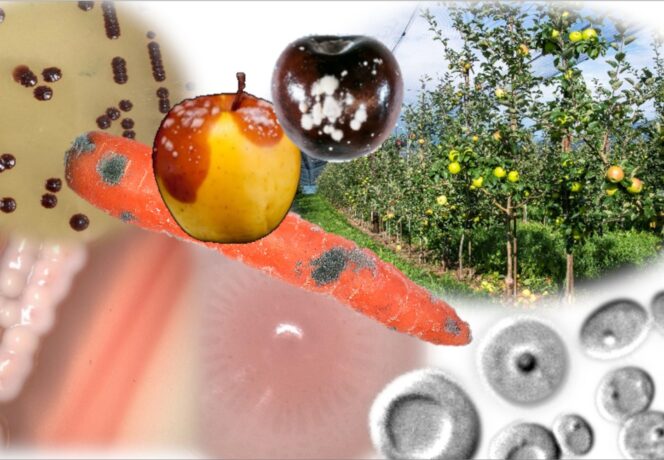
The Many Uses of the ‘Most Beautiful’ Yeast, Metschikowia pulcherrima
Metschnikowia pulcherrima is a naturally occurring yeast with applications in agriculture, the food industry and biotechnology. Agroscope is investigating this yeast in particular with regard to biocontrol applications in plant protection.

Impact of Soil Management Methods in Vineyards
Soil management lies at the heart of major global warming and sustainable viticulture issues. In this context, inter-row plant cover in vineyards comes with its share of benefits and drawbacks.

Producing Beef Economically on Grassland while Promoting Biodiversity
Grass-based beef production is markedly less productive than intensive year-round indoor-housing system-based production. Agroscope experts therefore studied how grass-based farms can produce both economically and in an ecologically sound manner.

Plant Protection Treatment by Drones: Risks for Residents?
Orchard crop spraying using unmanned aerial spraying systems commonly referred to as drones can lead to drift, posing a risk to residents and bystanders. The study shows that the risks arising from this are taken into account by the current registration process.
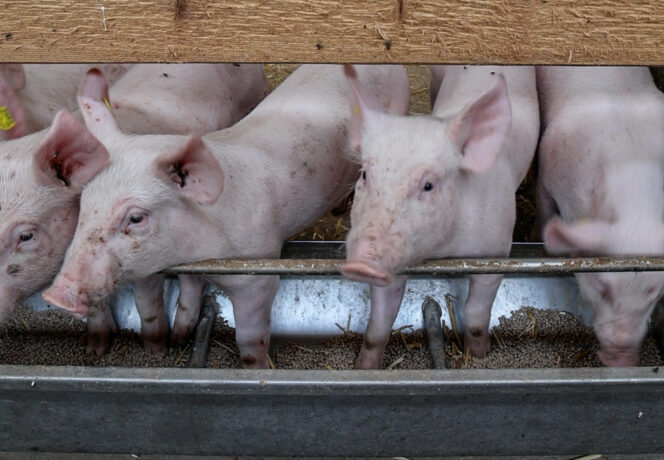
Using Former Food Products as Pig Feed Reduces Food Waste
Food that is unsuitable for human consumption does not affect the growth performance or carcass composition of pigs to which it is fed. This makes it a promising solution for reducing food waste.
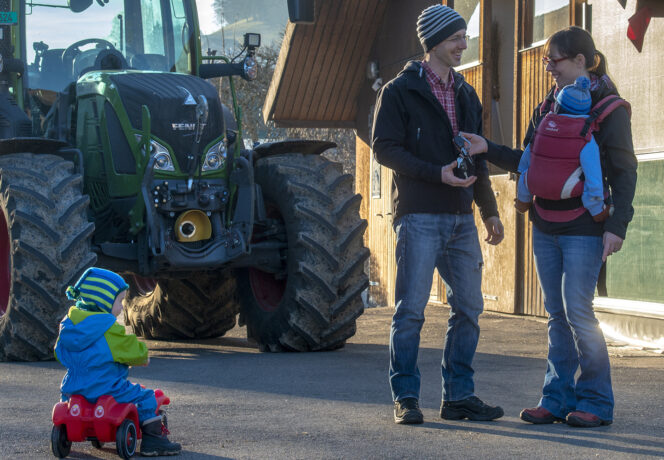
Farmers’ Identity and Farm Type Determine Their Perception of Social Sustainability
How do farmers experience social sustainability on their farms? As an Agroscope study shows, this depends on farmers’ identities and farm types.
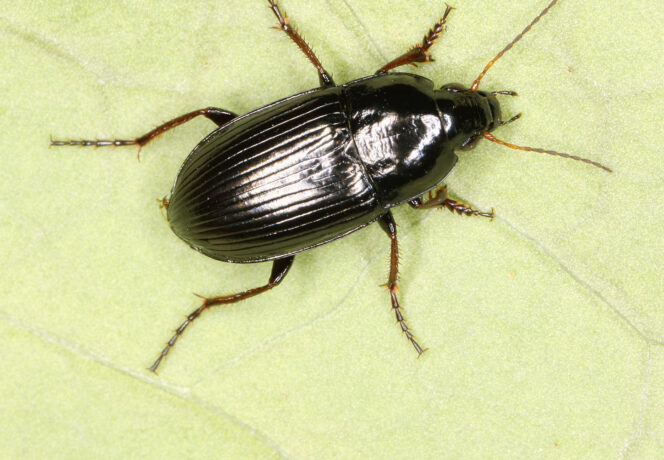
Conversion to Organics – Promotion of Species Diversity Can Often Only Be Detected After Some Considerable Time
Trials conducted by FiBL have shown that conversion to organic farming also promotes endangered Red List species such as the carabid beetle species Amara tricuspidata. This species and other species consume seeds of forbs and grasses and thus supports natural weed control.
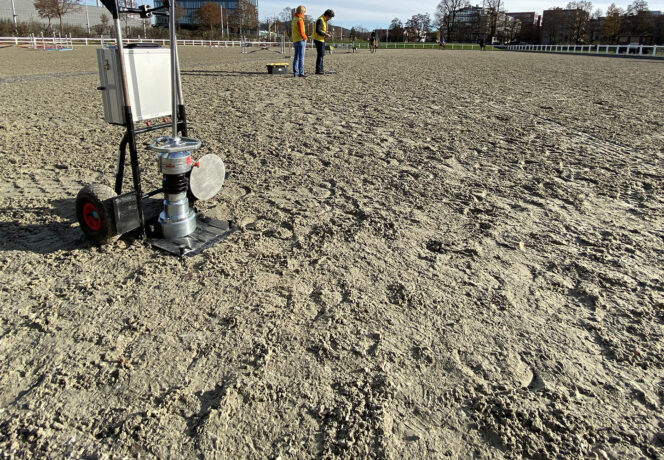
Functional Properties of Equestrian Arena Surfaces: Temporal and Spatial Variations
Horses are ridden or driven on a variety of surfaces, which differently absorb the impact forces exerted on hooves, limbs and the horse's entire body. Objective measurement of the functional properties of equestrian arena surfaces is therefore of great importance.

SALCA Method Updated for more Accurate, Flexible and Comparable Environmental Assessments
The SALCA life cycle assessment method was comprehensively updated in light of new needs, systematically documented and reviewed by external specialists. This will allow a wide range of research issues in the agriculture and food sector to be addressed.
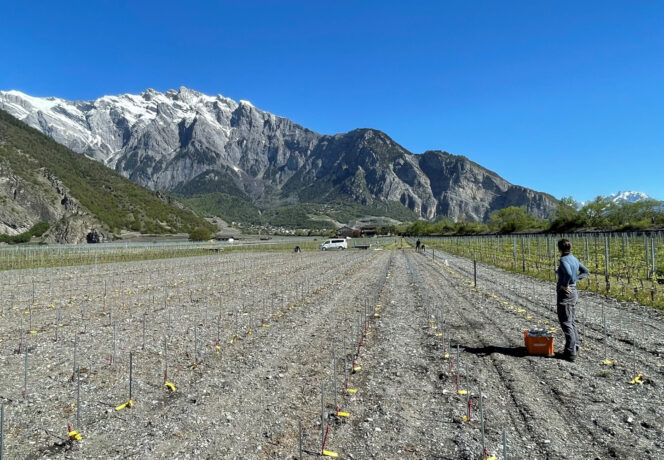
Safeguarding the Genetic Diversity of Arvine
A programme has been launched for safeguarding the genetic diversity of Arvine, a grape variety formerly cultivated in Valais. Directed selection would make it possible to exploit this variety's biodiversity and to meet the ecological and economic challenges of the future.
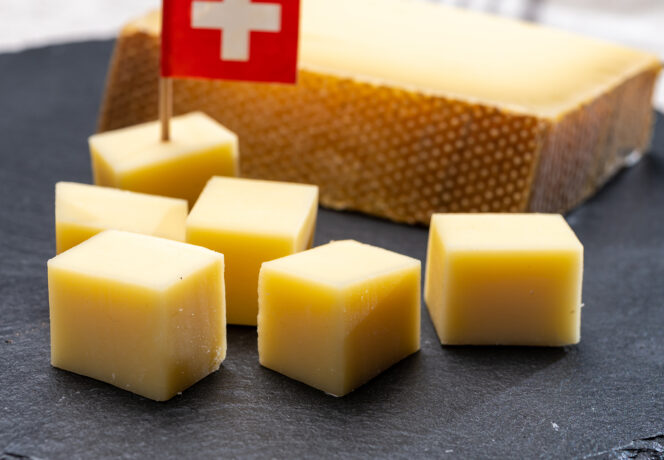
Swiss Cheese Export Potential and Future Opportunities
Cheese stands out as one of the main Swiss agricultural trade offensive interests. Outside the EU, the USA are an important export destination. The CAPRI model allows to assess the impact of a free trade agreement for cheese between the USA and CH.